I'm in the process of overhauling one semester of my AP Lit class to include a text that I have taught many times before, which I absolutely love for both pleasure reading and for teaching: Robert Louis Stevenson's Strange Case of Dr. Jekyll and Mr. Hyde. If you haven't read it before, add it to your list for summer reading! I thought I would blog about it since it's been in the back of my mind for weeks now.
As far as teaching goes, I find that it is super useful to have students consider the following letter that Stevenson wrote in response to a clergyman's complaint that the book's moral was too obscured:
I conceive I could not make my allegory better, nay, that I could not fail to weaken it, if I tried. I have said my say as I was best able: others must look for what was meant; the allegorist is one, the commentator is another; I conceive they are two parts.
The great thing about this question is that there are so many ways to consider the book as an allegory. Depending on the students, I either ask the question to the general group and build their responses from that, or (for students who need more guidance) I break them into small groups to consider the possibilities that I have pre-selected for them. In both cases we look for textual evidence to support the idea that the book is an allegory for something.
The most common responses to the question are as follows, all of which have abundant textual evidence to support them:
- The story of Jekyll and Hyde is an allegory for the degrading effects of secret sexual sin, either heterosexual or homosexual.
- The story of Jekyll and Hyde is an allegory for the innate criminal inside us, or a post-Darwinian theory of the ape within.
- The story of Jekyll and Hyde is an allegory for insanity or multiple personality disorder.
- The story of Jekyll and Hyde is an allegory for the degrading effects of hypocrisy and moral conformity instigated by Victorian society.
- The story of Jekyll and Hyde is an allegory for the degrading effects of drug addiction.
The great thing about this activity is that the allegories don't work together, but rather work against each other. For example, students who want to read this story as an allegory about sexual sin will see Hyde as the problem or source of evil in the tale, but students who read the story as an allegory about the dangers of hypocrisy will see either London itself or Jekyll's pride and hypocrisy as the source of contamination. This distinction leads to engaging debate in the classroom, and it helps students to start thinking about the stakes of their reading, how their reading leads to an interpretative payoff.
Other questions to consider are names, setting, and the recurring motif of dreams throughout the book. Students generally have a lot to say about the word "utter" in the name Gabriel John Utterson and also the pun on "hide" (both the noun denoting an animal skin and the verb "to hide") in Edward Hyde's name. As for settings, it's important to think about the oppressive smog that hovers throughout London and how that contributes to the plot. Finally, ask your students to consider why Stevenson would choose to relate certain information in dreams as opposed to through the exposition of the seemingly objective Mr. Utterson. Do these discussions add to one or more of the possible allegories that have already been discussed?
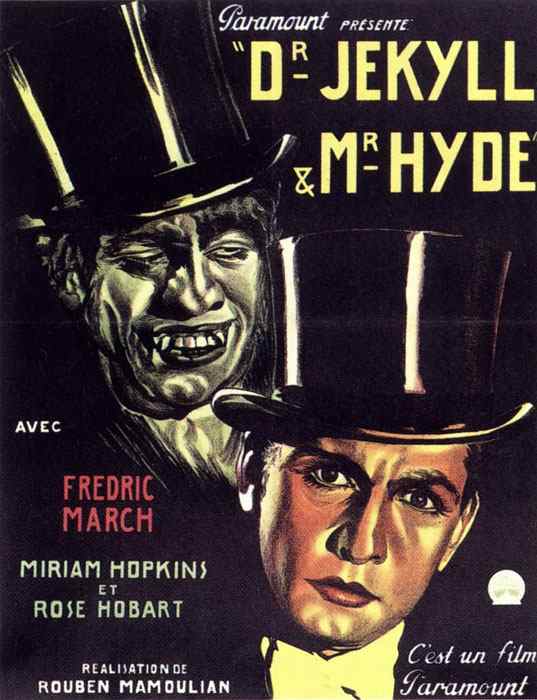
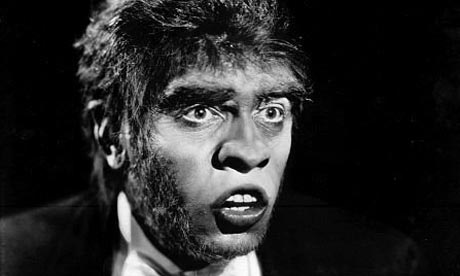
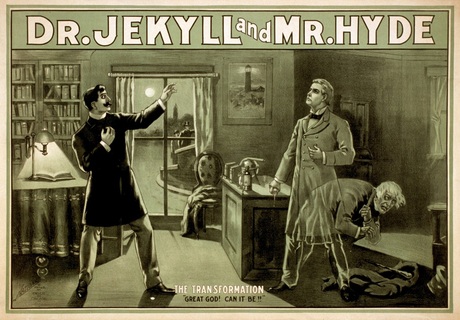
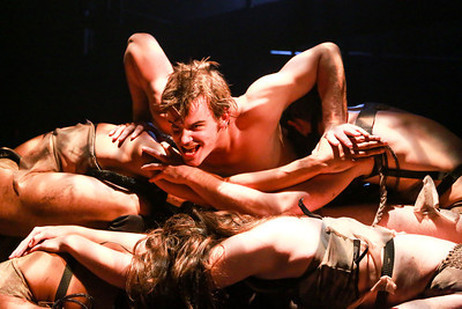
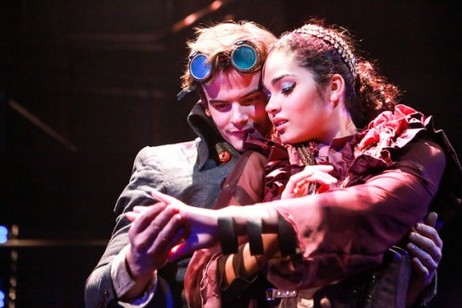
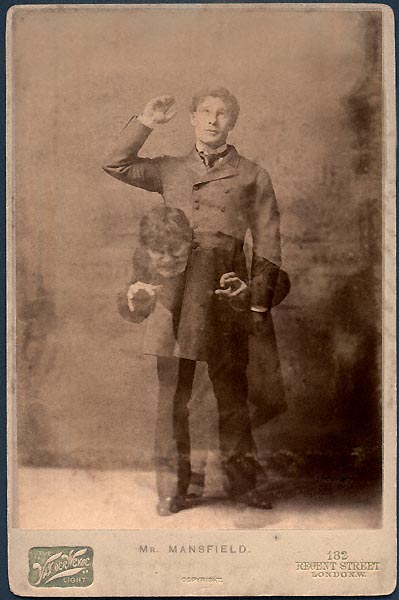
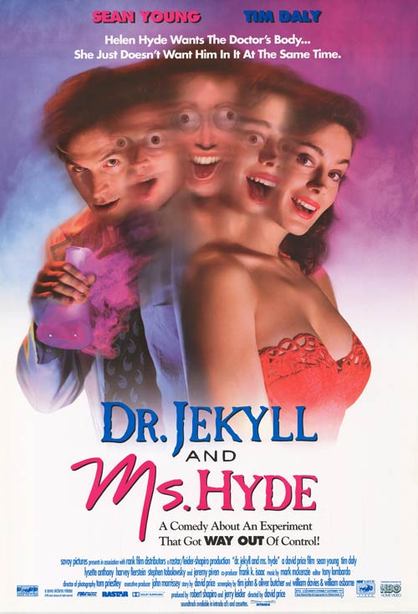
 RSS Feed
RSS Feed